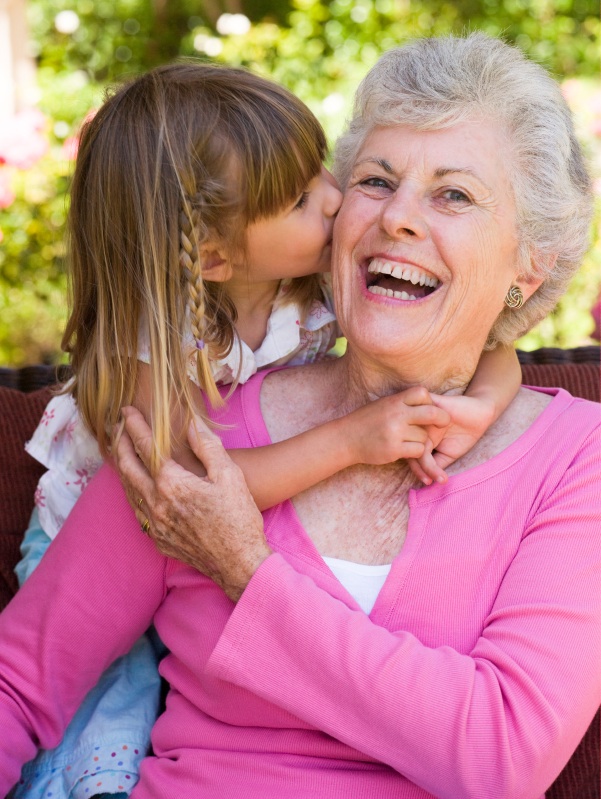
I don’t know why, but I’ve always had a special bond with older people. When I was a little girl, my family used to call me a “little old lady” because I wore glasses and could often be found sitting next to my grandma with a crochet hook or knitting “needles” in hand.
My fondness toward the elderly has continued to grow over the years. I love to learn from older people and for some reason they really like me. Because of this, I treat a lot of elderly patients in my clinic.
I have one elderly gentlemen who refers patients to me on a regular basis. He swears that I’ve cured him of the osteoarthritis in his knees.
Every time one of his friends complains of an ache or pain, he tells them they HAVE to go see Kimberly–and hands them one of my cards.
I don’t consider myself a miracle worker by any means, but I do have a few tricks I’ve learned over the years to help me to have success with osteoarthritis.
First, let’s talk about osteoarthritis from a TCM perspective.
Symptoms:
In TCM terms, osteoarthritis is known as “Painful Obstruction Syndrome” or “Bi Syndrome.” The symptoms are described as pain, soreness or numbness of the muscles, tendons, and joints.
The symptoms of Painful Obstruction Syndrome are typically more related to the channel than the actual organ system.
Causes:
There are two MAIN underlying causes leading to pain and soreness in the channel.
Qi and Blood Stagnation: Small venules appear on the skin reflecting the state of the blood in the channels–bluish or greenish venules indicating cold or red indicating heat.
Qi and Blood Deficiency: When Qi and Blood are not circulating well, the channel becomes weak and TCM pathogens such as Wind, Cold and Damp easily invade and cause pain. The reason it attacks so often in the elderly is because of the natural underlying deficiency of Qi and Blood that progresses with age.
Qi and Blood Stagnation and/or Qi and Blood Deficiency is the underlying problem regarding a weakness in the channel. Once the channel is weak, pathogenic factors such as Wind, Damp, and Cold penetrate at the superficial level causing pain.
Most practitioners think of wind in relation to an external attack from outdoor elements or even air conditioning, but Wind is also related to the sudden change of weather and the consequent inability for the body to adapt to it. In the case of the elderly, the body is more prone to invasion of wind during unseasonably cold or even warm weather because of underlying deficiencies.
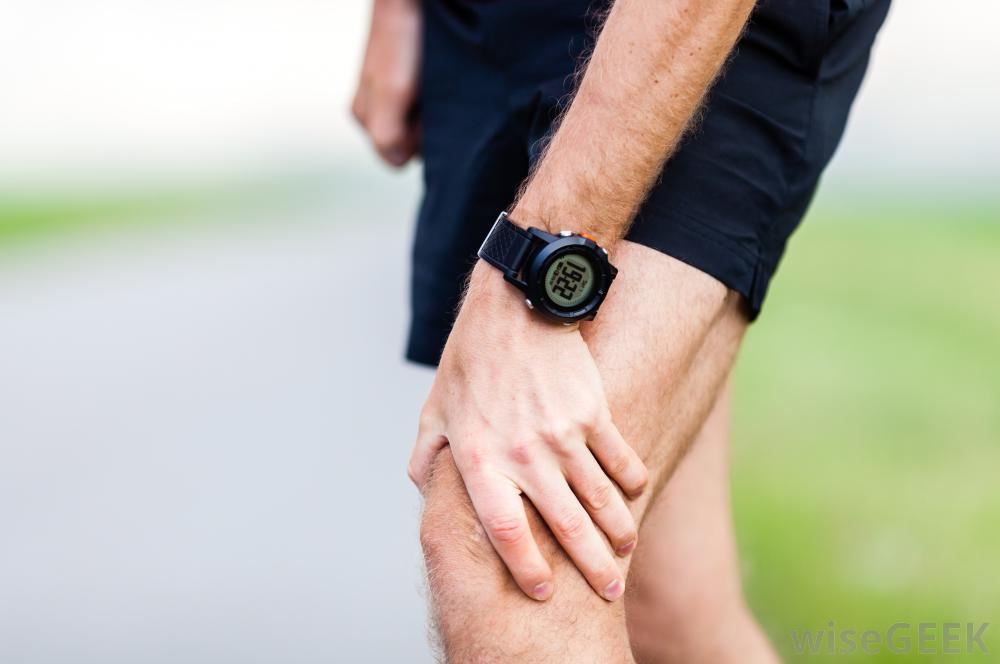
By the time the patient presents in your office they have had years of life’s experiences, which often compound the problem of deficiency:
- Repetitive movement: Years of repetitive movement through work, sports, and lifestyle eventually causes Blood Stagnation in the channel–which makes the channel more prone to pathogenic factors such as Wind/Damp/Cold.
- Old injuries: Accidents causing Qi and/or Blood Stagnation in a particular area. Even though the patient may have seemingly recovered perfectly well, often some stagnation of blood remains. Years later, when exposed to external factors such as Cold/Wind/Damp, osteoarthritis appears.
- Emotional problems: Anger and resentment result in depletion of Qi and blood, which further complicates Qi and Blood Deficiency in the channels.
Treatment:
This is the fun part. Why? Because it’s easy to bring instantaneous relief!
The first thing to remember is that the patient’s symptoms are occuring at the superficial level of the channel. Movement of qi and blood at the superficial level will alleviate the majority of their pain. This easy first step can help your patient feel relief right away–which makes them VERY happy!
Once you begin getting qi and blood to move well, you can focus on Blood Deficiency through diet and herbs (202 SP–Shi Quan Da Bu Pian is a great AcuHerb option).
It’s not hard to transition these patients into a long-term wellness care program at this point because they are so happy with your initial results.
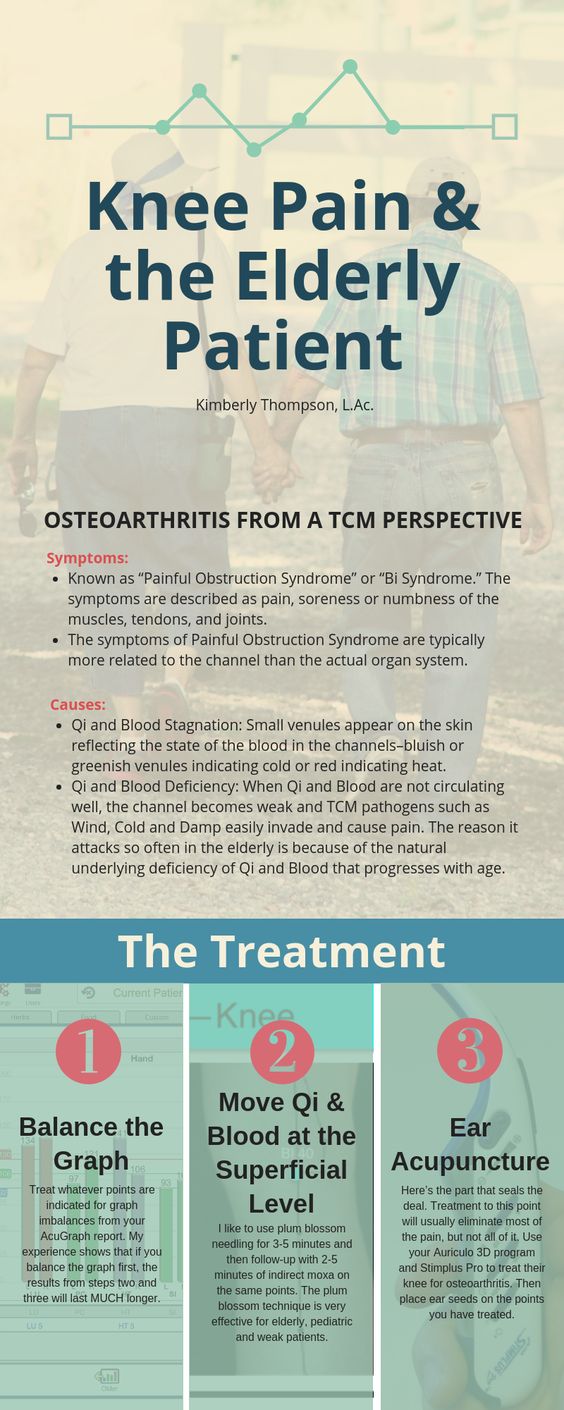
#1: Balance the Graph
Treat whatever points are indicated for graph imbalances from your AcuGraph report. My experience shows that if you balance the graph first, the results from steps two and three will last MUCH longer.
#2: Move Qi and Blood at the Superficial Level
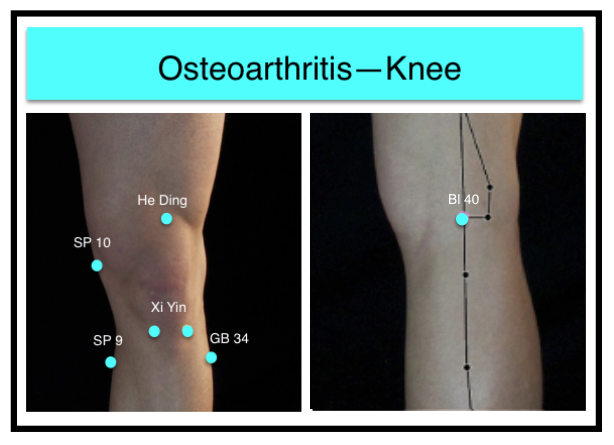
I like to use plum blossom needling for 3-5 minutes at and around the area of the points listed above and then follow-up with 2-5 minutes of indirect moxa on the same points.
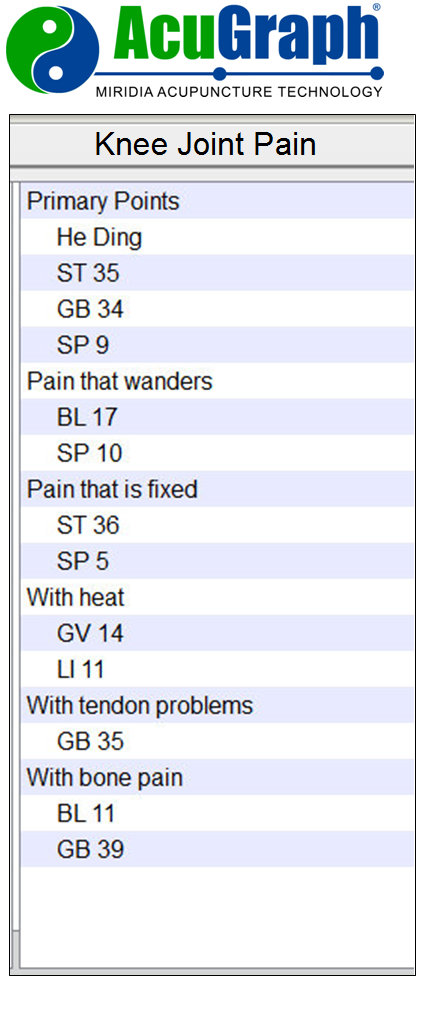
The plum blossom technique is very effective for elderly, pediatric and weak patients. It is a mild approach to needling and is considered generally non-invasive. Plum blossom needling helps to regulate blood at the superficial level, thus promoting normal function of the channels–both superficially and internally.
The plum blossom needles are very small but still minutely break/scratch the skin. The skin breakage creates an inflammatory response, thus sending large amounts of qi and blood to nourish the “wounded area.” Because deficiency is the underlying factor in osteoarthritis, this technique is very effective.
#3: Ear Acupuncture
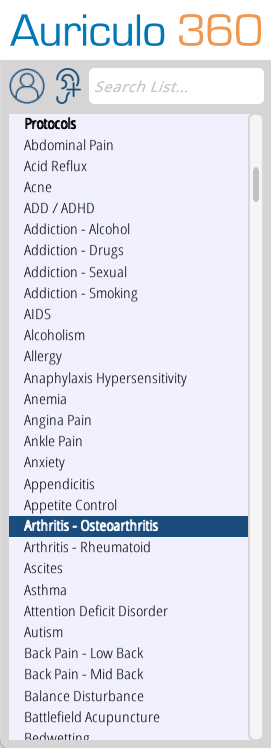
Here’s the part that seals the deal. Treatment to this point will usually eliminate most of the pain, but not all of it. Once I’m done with treatment, I follow these steps:
- Have the patient move the knee and show you where they still have pain or limited range of motion.
- Use your Auriculo 360 program to come up with the appropriate treatment protocol. *See example listed below.
- Use your Stimplus Pro to treat their knee for osteoarthritis–by treating the electrically active points on the suggested ear points on the treatment chart. *Treat the ear that matches their pain. i.e: If they have right-sided knee pain, treat the right ear.
- After you treat the electrically active points with the Stimplus Pro, place ear seeds on the points you have treated.
Now–the fun really starts!
- Have your patient recreate their pain. They won’t be able to! In my experience, the pain will typically be gone.
Patient homework: Have the patient push on the ear seeds at home a few times a day, especially if they feel the pain come back. They should continue this routine until they see you again the following week.
*****
NOTE: The Auriculo 360 software has pre-formulated protocols specific for both arthritis and knee pain.
I’ve combined the two and created my own favorite protocol for osteoarthritis of the knee. Feel free to use my custom protocol in your clinic. It works and I love it!
(Or you can create your OWN custom protocol, specific to your patient’s needs in the Auriculo 360 program.)
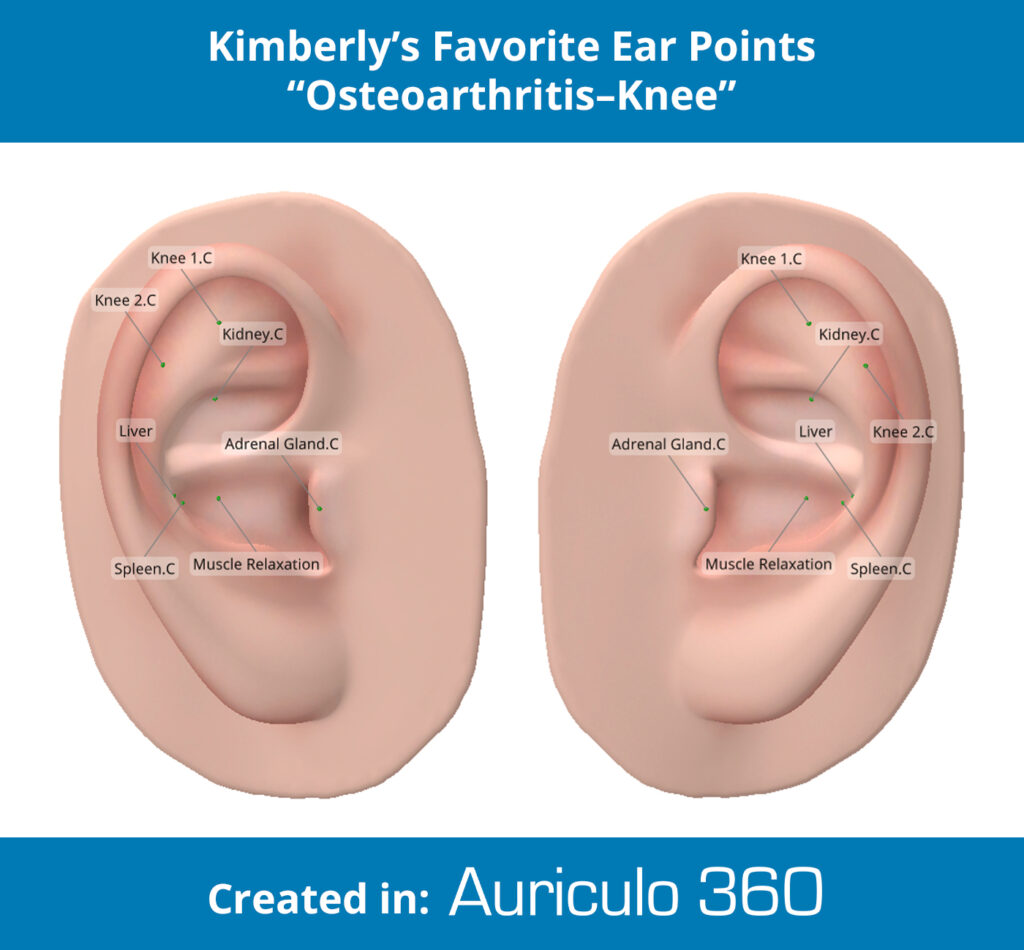
*****
So, there you have it…
This is how you become AMAZING at treating osteoarthritis!
This is how you become BEST FRIENDS with the elderly in your community!
And this is how you get a lot of hugs throughout your day!
If you become great at treating osteoarthritis, I promise you this: Your elderly patients will LOVE you!
If you aren’t treating the elderly in your clinic, you’re surely missing out. You have a beautiful gift to offer these patients. The gift of living their life free of pain.
In turn, these patients will fill your heart with joy, they love to give hugs, they are so grateful, and they fit easily into your schedule because they have plenty of time on their hands.
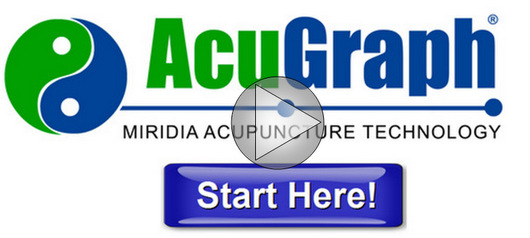 Remember, great practitioners use the best tools!
Remember, great practitioners use the best tools!
My favorites are listed below. Click there or on the link to the right to learn more about each one.
1. AcuGraph
.
.

.
If you’re uncertain where to start…give us a call. We always take time to answer your questions!
You’ll love how much these tools help in your practice!
Have a great week!

Kimberly Thompson, L.Ac.
Acupuncture Research Analyst
Miridia Technology
@acukimberly


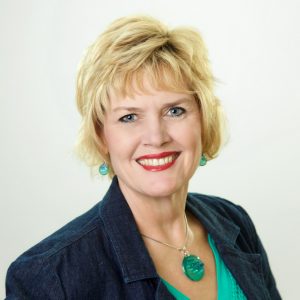
dear docter
Thanks for your valuable information and the great concern for elderly patient may god bless you
How about to use laser on the knee? do you recommend ?
Hello Manuel,
Laser can be used on acupuncture points on the knee.
~Kimberly